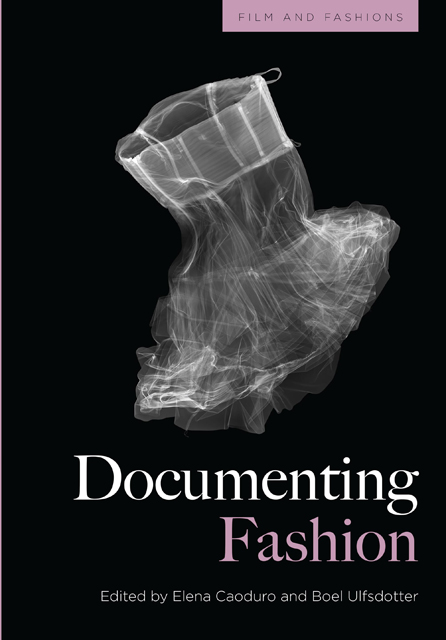8 - Italian ready-to-wear fashion through Cori-carousels
Published online by Cambridge University Press: 20 October 2023
Summary
Introduction
While Italy was experiencing the consistent spread of ready-to-wear fashion at the beginning of the 1960s (Merlo 2012: 8), a network of manufacturers started constructing a vision through which to pilot the expressive choices of their consumers by testing new forms of product communication. This process was linked to the necessity to act systematically in order to offer a versatile and attractive product for the mass of possible buyers, who still had to be pushed to purchase standard clothes on the market. Therefore, the function of ready-to-wear fashion, together with other expressions of the cultural industry, including television, became that of renewing and modernising the imagery of consumption (Fava 2018: 14).
Up to the beginning of the 1960s, the industry's ability to dress everybody and to maintain a competitive price range were advantageous features, because they allowed the widespread distribution of the product, but then, in the middle of the decade, these things began to have negative connotations because they were seen to be synonymous with low quality and homogeneity. As a matter of fact, moving towards a democratisation of luxury, as Ivan Paris states, ‘consumerism of the novelties of the 1950s was replaced by the distinction of social competition through consumption, and by the affirmation of status expenses’ (Paris 2006: 358).
Thus, for the clothing industry, the situation began to get complicated: how was it possible to satisfy the population's clothing needs and, at the same time, to provide ready-to-wear garments capable of expressing a set of strong and specific values to be embodied by iconic profiles? Assuming this question as the main influencer of the communication strategy of many Italian manufacturing companies, I attempt to shed light on an important case study that provided some interesting solutions among the huge range of possible answers. Considering the case of the Gruppo Finanziario Tessile, one of the main ready-to-wear fashion industries in Italy, I am going to look at Cori's female brand market improvement through the lens of a new medium for the mass consumption era. This medium is Carosello, the first Italian television broadcast dedicated to the advertising of consumer goods (Calabrese 2019).
- Type
- Chapter
- Information
- Documenting Fashion , pp. 182 - 202Publisher: Edinburgh University PressPrint publication year: 2023

